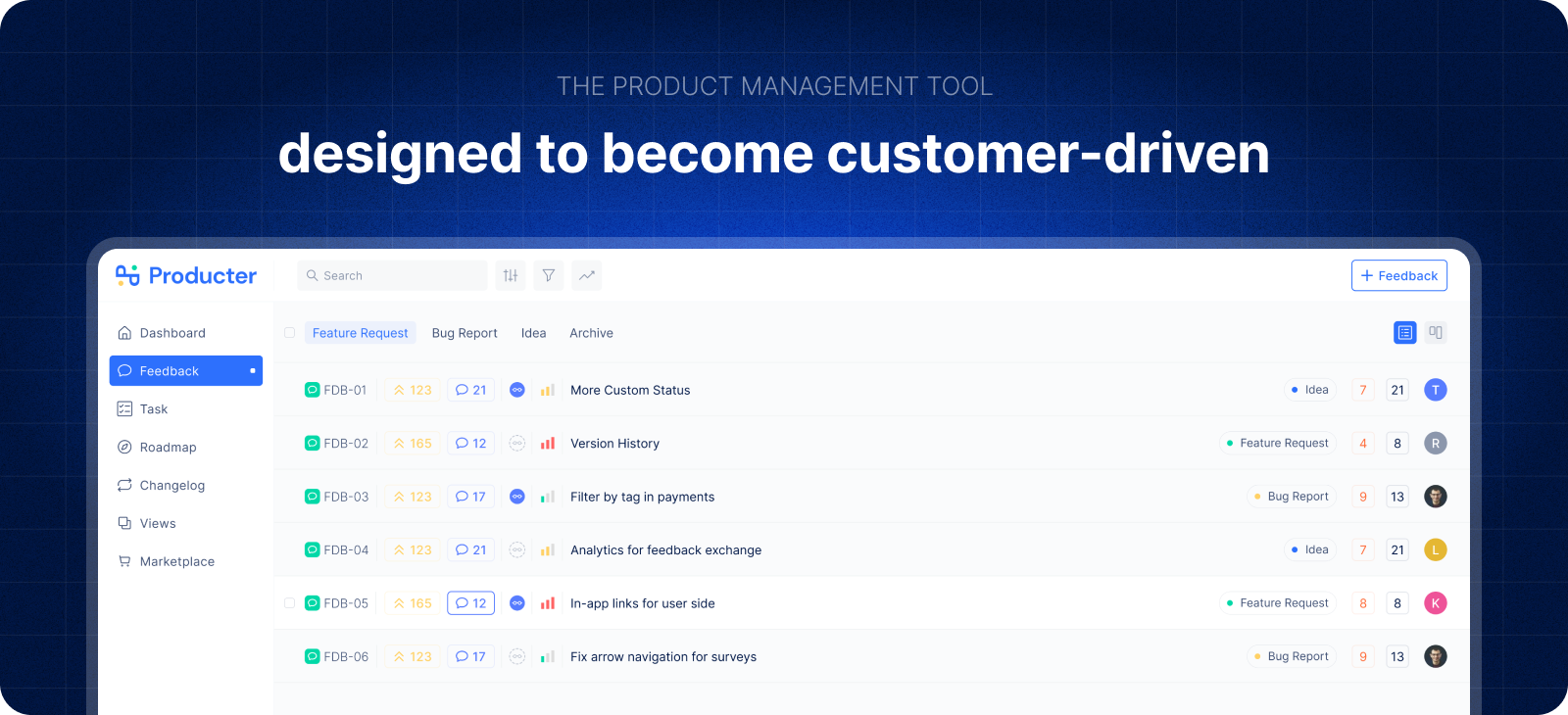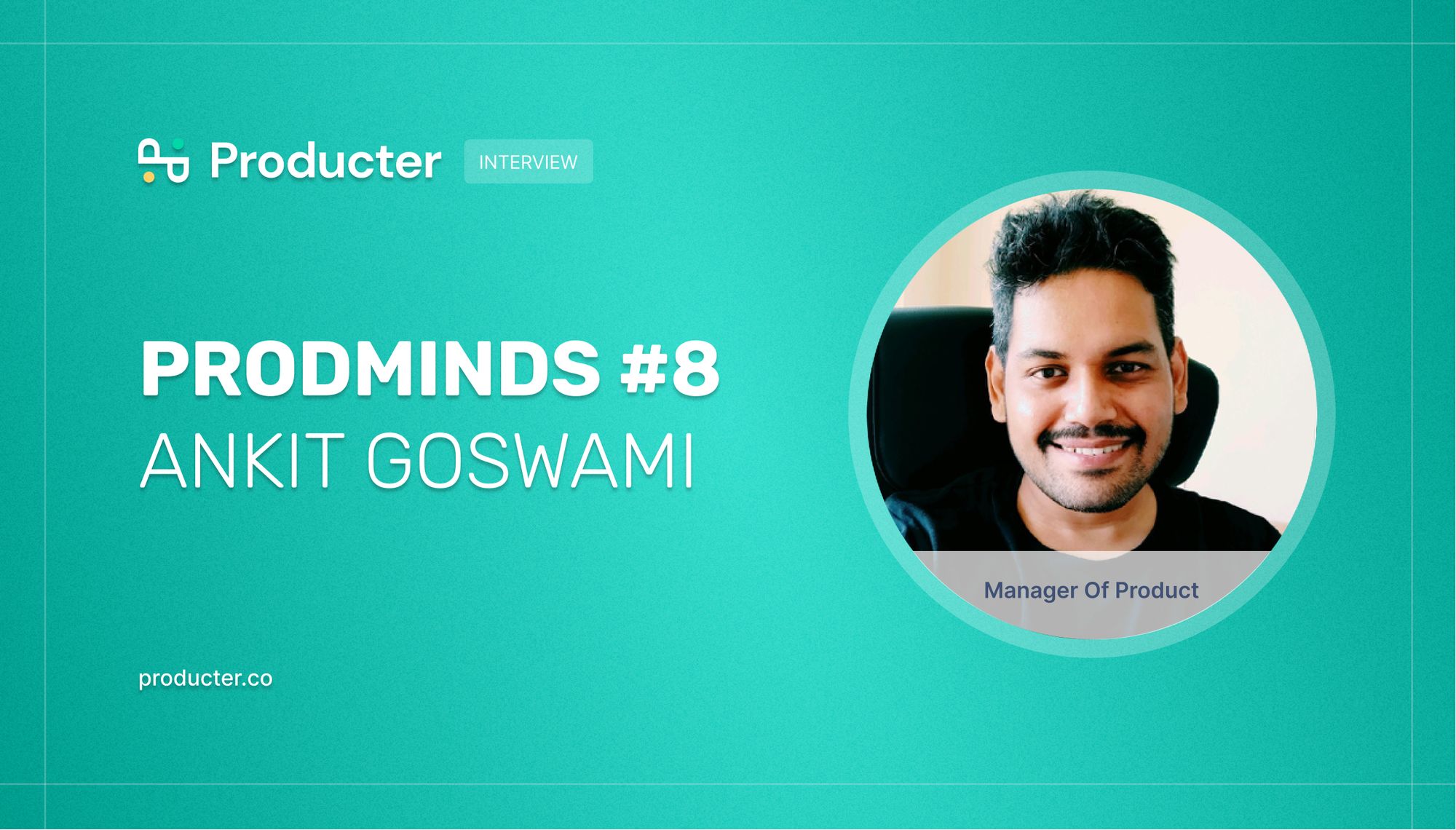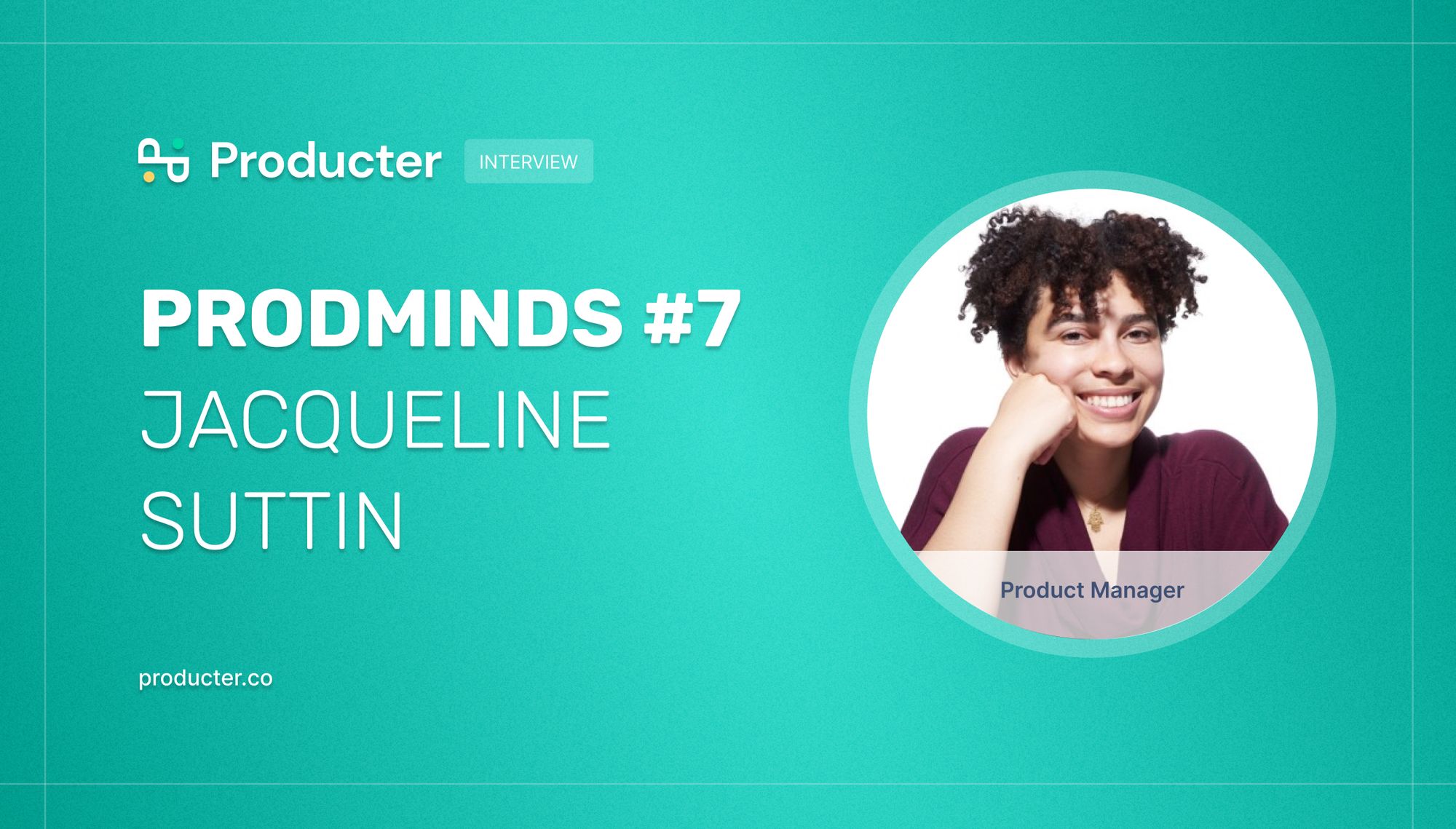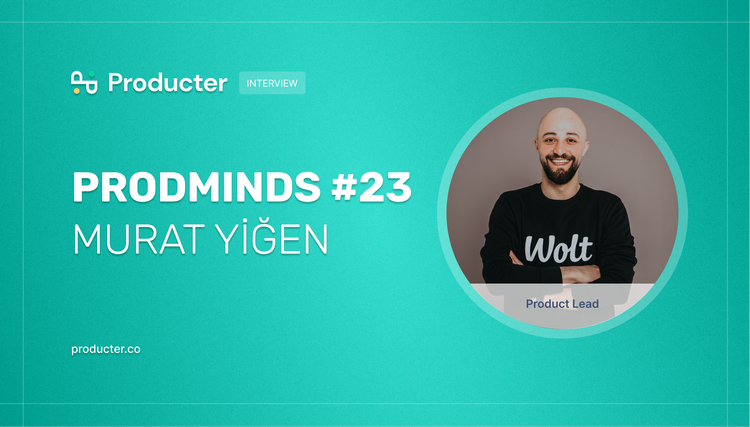ProdMinds is an interview series featuring product minds around the world.
Team Producter: Would you tell us a bit about you and your career path in product management?
Joaquim: I’m a Portuguese entrepreneur and a global citizen, currently based in the south of Portugal.
I’m the type of person that enjoys moving fast, launching when 75% done and making adjustments on the fly. I identify issues quickly and bring solutions just as fast. I love working on real challenges that bring real solutions to people and am a staunch advocate of agile and user experience design. I have an insatiable curiosity and I am always looking for ways to step out of my comfort zone and take the extra mile.
Over the years I’ve worked as a product manager, across human resources, healthcare, non-profit, crypto, hospitality, tourism, analytics and blockchain sectors. From early stage startups that I co-founded and hyper growth companies giving consulting product services.
Team Producter: Which part of being a Head of Product is the most challenging for you?
Joaquim: IMO, aligning product strategy as an organization scales.
As startups grow and expand, keeping stakeholders on the same page with the product strategy and vision becomes an even more demanding challenge. Especially during growth periods with a lot of changes; like culture shifts, new offices pop up in different locations, remote work, and new people are hired. As new members join the startup, they may not always have the same vision for the product. And it is up to the product team to fix this.
So, the only constant you see throughout the growth of a startup is the need to align strategy and vision throughout all of the stakeholders.
Team Producter: How do you think departmental silos affect product companies? In what ways do you build and maintain relationships with stakeholders from different teams?
Joaquim: A good Product Manager is also someone who can balance stakeholder needs and interests, and ensure that all parties/teams pull together and support the product in delivering a valuable outcome.
The first and most important step in building great relationships with different teams and stakeholders is to understand who they are. Many features and projects get delayed or end up not delivering the value they promised because the product manager failed to identify and engage all of the stakeholders.
Then it is also necessary to focus on pinpoint stakeholders with high levels of power and influence, Engage in a one-to-one conversation, seek to understand their world, communicate with clarity and honesty and continuously demonstrate your competence.
There is not a formula that fits all startups and teams, but IMO, those mentioned, must always be present as a solid basis.
Team Producter: When it comes to listening to your users, what’s your method? Is their input considered in critical product decisions?
Joaquim: For me, getting close to our users and even ‘obsessing’ about them isn’t just an empty phrase: it’s what drives everything I do.
The only way that a Product Manager can understand their users is by communicating with those users, preferably in their own environments, and preferably in person. This is an art, not a science — there’s no set methodology that you can take and deploy in any given company with every set of users that’s going to get you quickly and efficiently down to the bottom line needs.
To know the users, you must talk with the users. That’s it.
The way our team collects user feedback breaks down into three stages with six touchpoints in total:
1. Proactive:
- Point of conversion;
- CES;
- NPS.
2. Reactive:
- Service CSAT;
- Retention Survey.
3. On Demand:
- User feedback.
Team Producter: How does product-led growth strategy help companies? What companies should benefit from it since one size does not fit all?
Joaquim: Product-led growth is all about creating happy customers by developing valuable products that solve customers’ real-world problems.
So become completely customer-oriented, grow without dependencies, self-service product adoption by using product-led strategies that allow customers to seek out your products, discover their features and functionalities, identify their use cases, and find value, and focus on getting adoption started quickly.
If you take the example of Slack, they have consistently led the market with their product-led strategy. How do they do it? Every department in their company focuses on refining and enhancing the product offerings and has a ‘try-before-you-buy’ policy that works for them.
And last but not least, pay attention to data, you will be better equipped to build feature additions, correct discrepancies, and bring in changes to the product.
Team Producter: Is there a method you use for prioritization? Or, Is there a custom approach you designed?
Joaquim: In short. Before you dive right into prioritizing individual features, you need to break them up into smaller groups, like product roadmap themes, metrics movers, customer requests. Break down the features by feasibility, desirability, and viability, with those features more or less mapped out and validated, it’s time to look at which ones are most important to work on first. by scoring the options on an effort and impact scale. Then, using the RICE method to score priorities, sometimes isn’t the only way to accurately score your features, in this case, a simple priority scorecard might be a better option. After that, you don’t want to forget that the end goal is to create something your customer will love, so use the kano method to prioritize the feature by delight. And lastly, prioritize features by constraints.
Producter is a product management tool designed to become customer-driven.
It helps you collect feedback, manage tasks, sharing product updates, creating product docs, and tracking roadmap.

You may also like:








